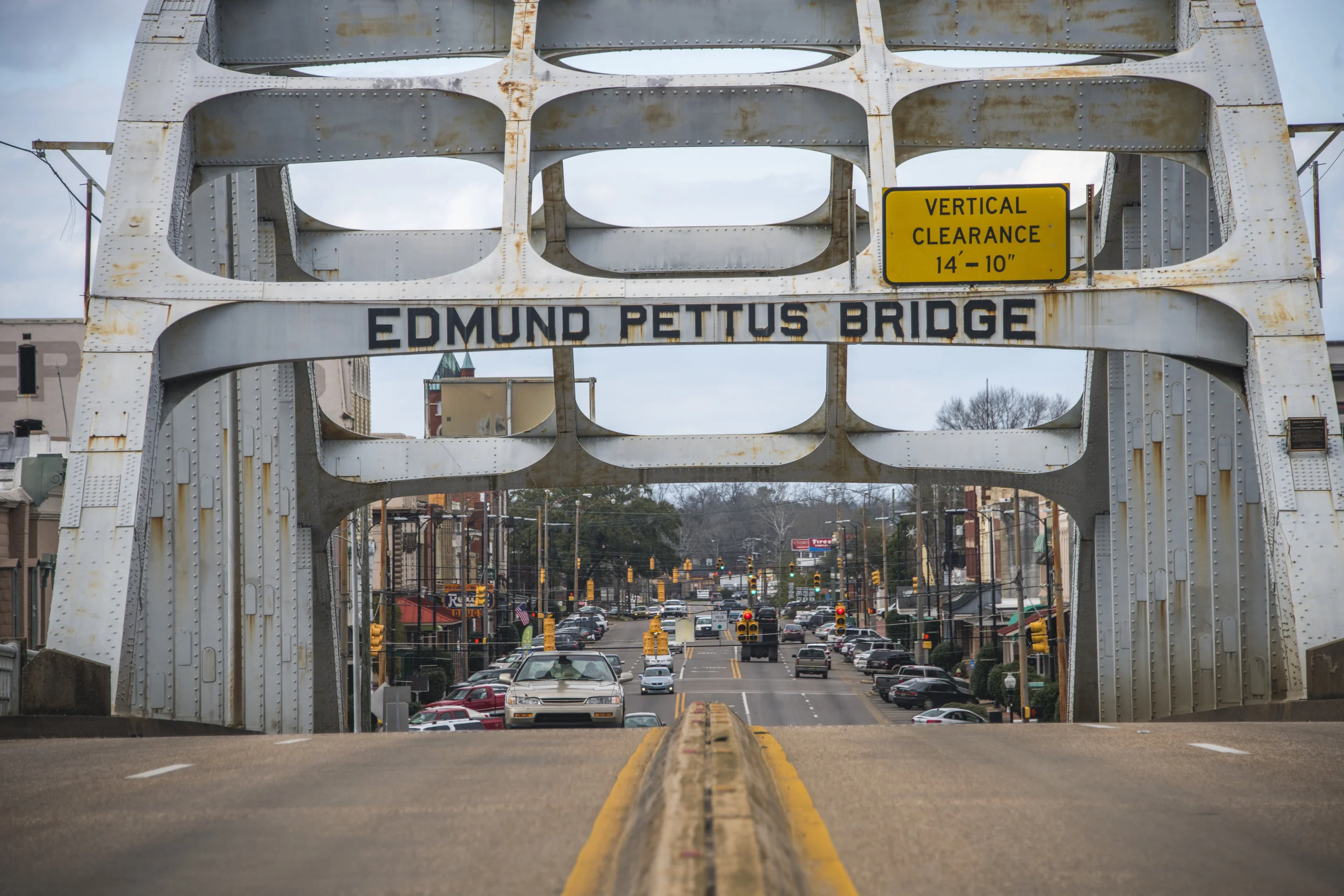Sept 17th marks Constitution Day. In a tribute to this anniversary, this week we are highlighting the amendments that extended voter protections to nearly all adult citizens.
Our nation’s founding document is a living one by design. A breakthrough for their time, elections in the early republic still left most Americans out: it would take a century more for America to recognize African Americans and freed slaves as voting citizens, and another 50 years for women to win that right.
To their credit, the framers made the Constitution revisable over time.
The 15th amendment demands, “the right of citizens of the United States to vote shall not be denied or abridged by the United States or by any state on account of race, color, or previous condition of servitude.”
The initial effects of the law were immediate but short-lived. The 15th amendment was violently suppressed for nearly a century before the Voting Rights Act of 1965. “Even today,” writes historian and Making Every Vote Count board member Richard Tedlow, “roadblocks are put between [African-Americans] and the ballot box and not in the South alone.”
After so much struggle to secure the right to vote, from the American Revolution through the Civil Rights Movement, why then is voter turnout so low in the United States?
“It is at best possible that one reason people today in the U.S. don’t vote is because they feel their vote does not matter,” reflects Professor Tedlow, “What renders the vote meaningless [in presidential elections] outside the swing states is the Electoral College. … If a way could be found to make the popular vote rather than the electoral vote determine the winner of the Presidential election, candidates would campaign in every state. Democratic votes in Mississippi and Republican votes in California would matter. Turnout would soar. It has been estimated that 50 million more people might vote.”


